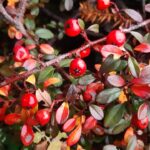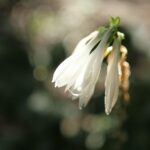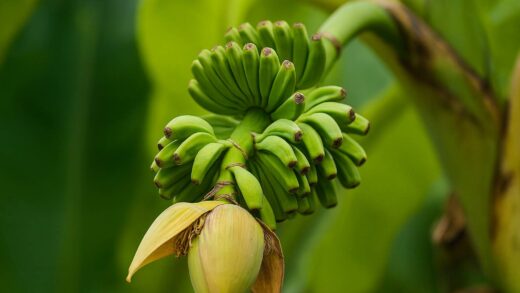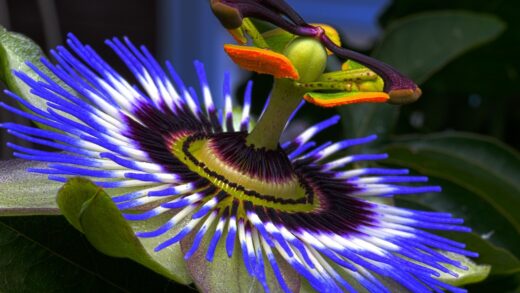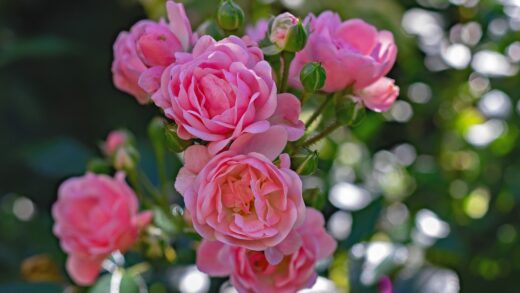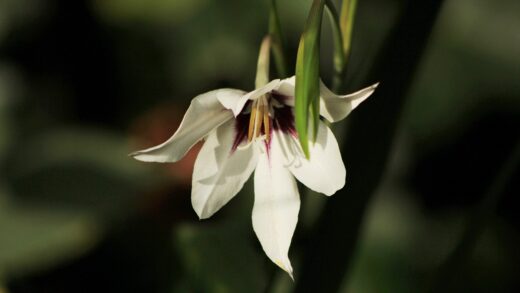Oleander, this Mediterranean ornament, is an extremely popular ornamental plant in our country as well, which, with proper care, can be the centerpiece of terraces, balconies, and gardens for a long time. However, for it to produce its splendid flowers, it is essential to have a precise knowledge of its water needs and to master the professional watering technique. Many people believe that oleander is an extremely thirsty plant, and although it truly loves water, excessive watering can be just as harmful as dehydration. In this article, we will analyze in detail how you can ensure the perfect water supply for your oleander, avoiding the common mistakes that can lead to the plant’s demise. We will show you how to adapt to changing seasons and weather conditions so that your oleander remains healthy and abundantly flowering.
The basics of oleander’s water requirements
In its natural habitat, the Mediterranean region, oleander often grows on riverbanks and along streams where there is a plentiful water supply for its roots. Consequently, oleander does require a lot of water, especially during its growth and flowering period, which roughly lasts from spring to autumn. Despite this, overwatering can lead to root rot, which is one of the most common diseases of oleander. The plant’s roots, standing in constant water, do not get enough oxygen, which leads to cell death and the destruction of the root system.
The frequency and amount of watering are influenced by several factors, such as the size of the plant, the material and size of the pot, the composition of the soil, and the weather conditions. A younger plant in a smaller pot needs water more often than a mature specimen grown in a large tub. A clay pot evaporates water faster than a plastic one, so the oleander in it also needs to be watered more frequently. An oleander standing in direct sunlight naturally needs more water than one in a semi-shady location.
The water requirement of oleander is closely related to the plant’s development phase. During the growing season, from spring to autumn, the oleander is in active growth and flowering, so its water requirement is at its highest. During the winter dormancy period, when the plant’s development slows down, its water requirement drastically decreases. Overwatering is particularly dangerous at this time, as the soil dries out more slowly in a colder environment, and the roots are more prone to rotting.
The ideal time for watering is in the early morning or late afternoon hours, when the sun is no longer burning. This minimizes water evaporation, and the plant has enough time to absorb the moisture before the temperature rises again. It is important that the watering water does not get on the leaves and flowers, as the water droplets can act as a lens in the sunlight and cause burn injuries.
More articles on this topic
Practical aspects of watering
The most important basic rule of watering is to always check the moisture content of the soil before you start watering. The easiest way to do this is with your finger: if the top 2-3 centimeters of soil are dry, it’s time to water. Never water the plant routinely on a calendar-based schedule, as the water requirement changes with the weather. On a hot, windy day, the plant may be thirsty again the next day, while during a cooler, rainy period, it may last for several days without watering.
In terms of the amount of watering water, the goal is to soak the entire root ball. This means giving the plant enough water to flow through the holes at the bottom of the pot. The excess water should always be poured out of the saucer so that the roots do not stand in stagnant water. In the case of pots without saucers, this problem does not exist, but in the case of pots with saucers, it is particularly important to empty them regularly to avoid root rot.
The best water for watering oleander is soft, room-temperature rainwater, as it is free of chlorine and lime-causing minerals. If you cannot collect rainwater, let the tap water sit for at least 24 hours to allow the chlorine to evaporate. Cold water taken directly from the tap can cause thermal shock to the plant’s roots, especially in the summer heat, which can be a serious stressor for the oleander.
The nutrition of the plant is also closely related to watering. During the growing season, it is worth giving the oleander a special, high-potassium liquid fertilizer once a week or every two weeks to stimulate flowering. Always pour the liquid fertilizer onto moist soil; never give it to the plant if the soil is dry. During fertilization, also be careful not to overdo it, as the high salt content can burn the roots, which can lead to the plant’s demise.
More articles on this topic
During winter and overwintering
Overwintering oleander requires special attention, especially regarding water supply. The temperature and humidity of the overwintering room are crucial factors. In most cases, a cool, frost-free, but bright room is ideal for oleander, where the temperature is between 5-10 °C. At this temperature, the plant slows down its metabolism and enters a dormant state, so its water requirement is minimal.
The frequency of winter watering is determined by the temperature of the overwintering room. If the room is warmer, for example, 10-15 °C, the plant will continue to transpire, so it needs to be watered more often, even every two weeks. At a cooler temperature of around 5 °C, however, the oleander’s water requirement is almost zero, and it may be sufficient to water it once a month, or even less frequently. The key is that the soil does not dry out completely, but it should never be wet or soggy.
During winter watering, also make sure that the root ball does not stand in water. Empty the saucer after each watering. Many people make the mistake of overwatering the plant during the winter, which is an almost certain recipe for root rot. Fungal infections also spread more easily in wet, cold soil, which can also lead to the oleander’s demise.
During the winter period, nutrient supply is completely suspended, as the plant does not use them. It is only worth starting fertilization again at the beginning of spring sprouting, when the plant wakes up. During overwintering, the sole purpose of watering is to prevent the root system and the entire plant from drying out and to prepare it for the next growing season.
Common mistakes and solutions
One of the most common mistakes related to watering is routine, mechanical watering without checking the moisture content of the soil. This can result in overwatering and root rot, the first signs of which are yellowing and then falling leaves. In this case, immediately reduce the frequency of watering and check the pot’s drainage. In the case of a pot with poor drainage, it is worth repotting the plant into a better-ventilated, larger pot with fresh, loose soil.
The other extreme is water deficiency, which can occur especially on hot summer days. Water deficiency is indicated by wilted leaves that droop in the heat. In this case, the plant can still be saved, but quick intervention is needed. With thorough watering, even multiple waterings, you can ensure that the root ball is soaked and the plant comes back to life. It is important not to immediately expose a plant that has been subjected to severe water deficiency to direct sunlight, but to gradually re-acclimate it to normal conditions.
Inappropriate quality of watering water, such as hard, calcareous tap water, can cause a change in the soil’s pH in the long run, which hinders the absorption of nutrients. To avoid liming, it is worth using softened water or rainwater, but you can also add a little vinegar to the tap water (about 1 teaspoon per 1 liter of water), which neutralizes the lime. This method is particularly effective for potted plants where soil replacement is rarely possible.
For the oleander, it is best to adjust watering to the needs of the plant. The key is observation and flexibility. Get to know your plant, watch for the signs, and don’t be afraid to change your watering habits depending on the weather or the plant’s development phase. Proper care will pay off, and the oleander will reward you with a rich abundance of flowers every year.









